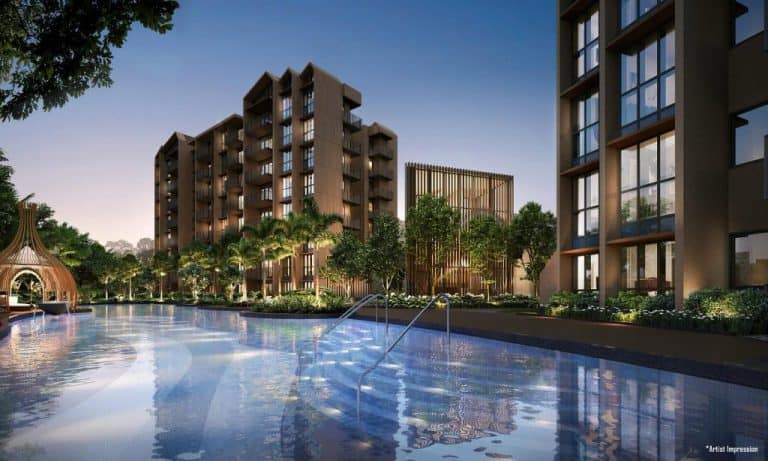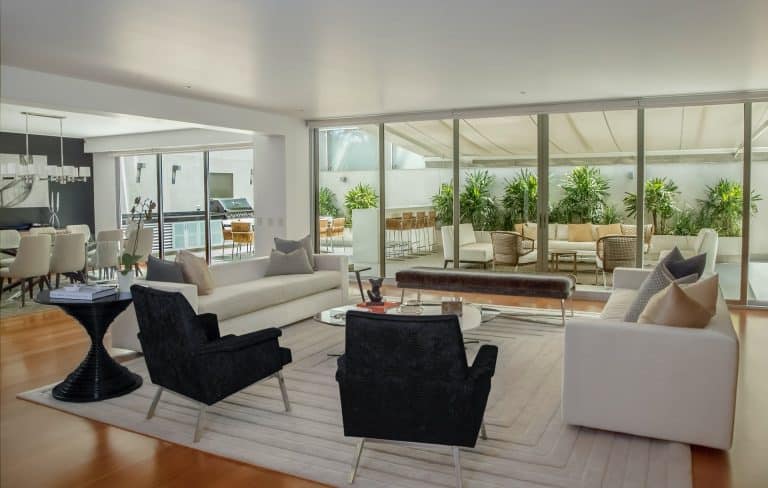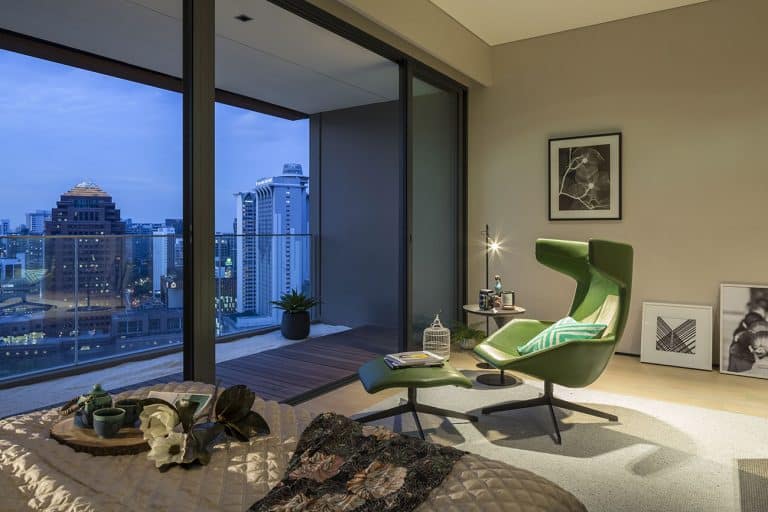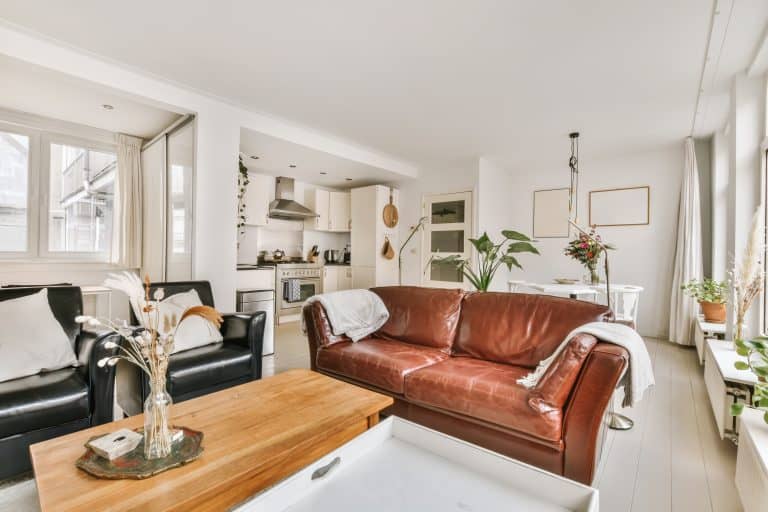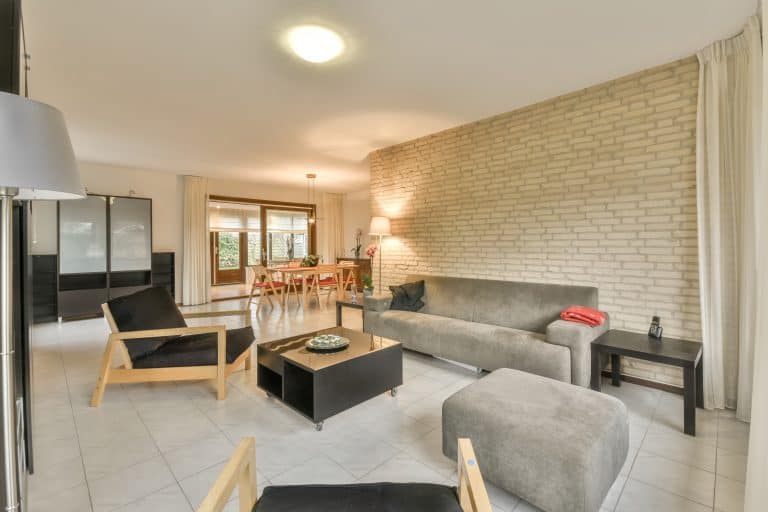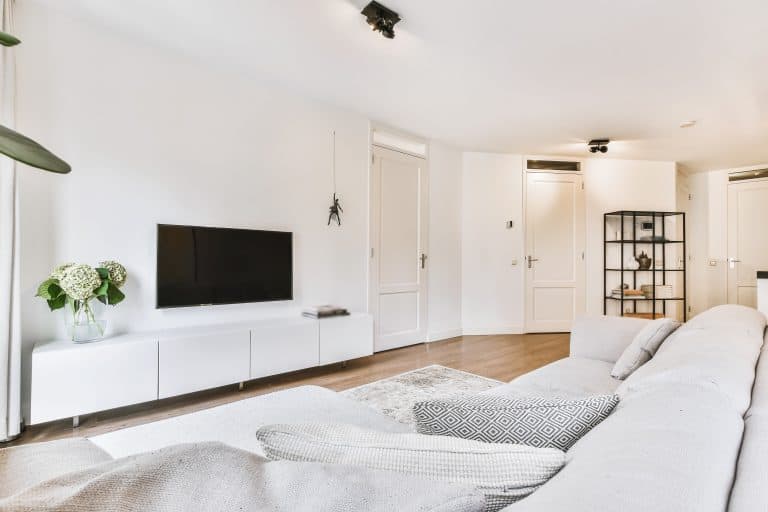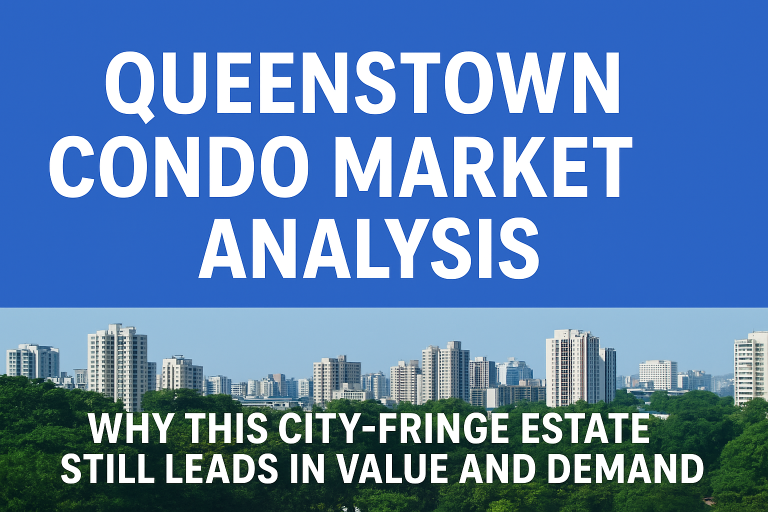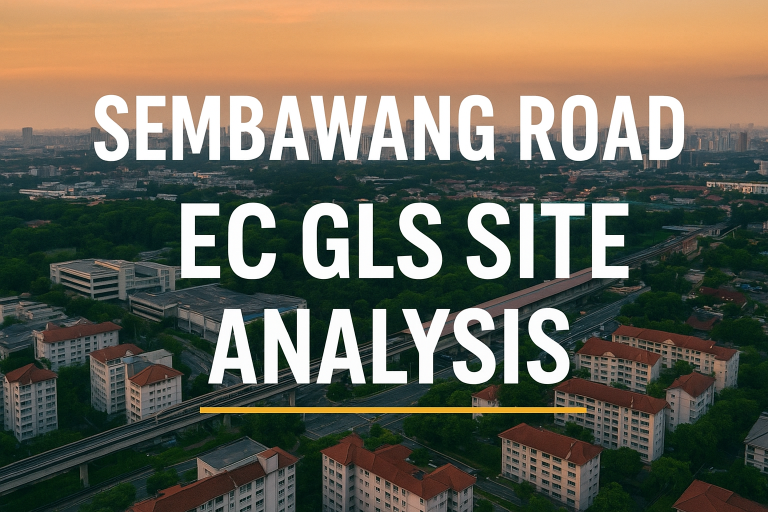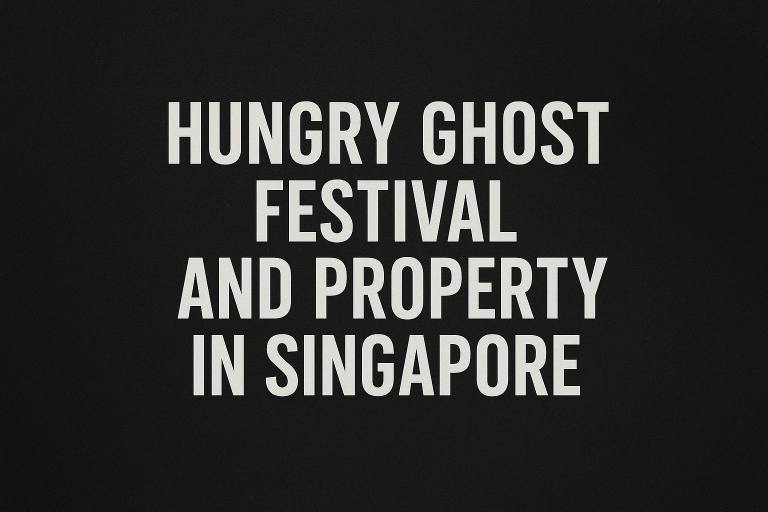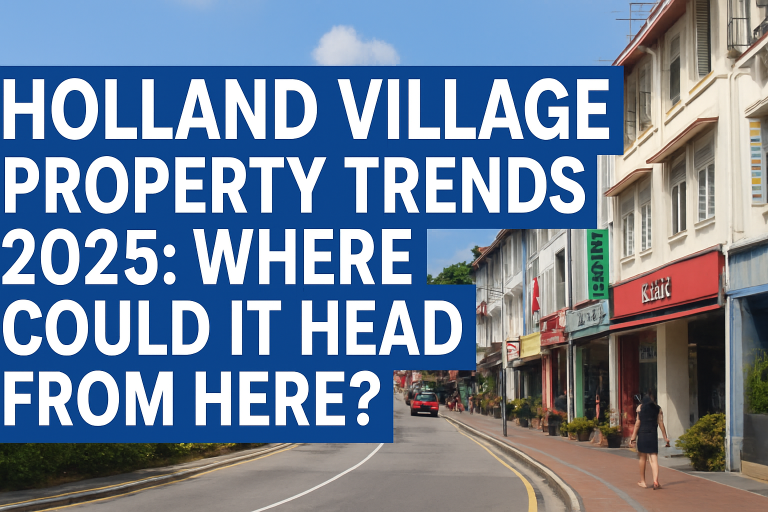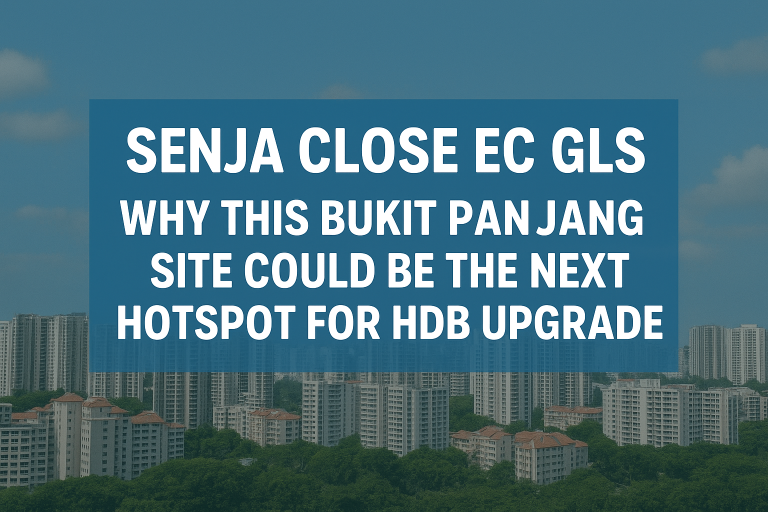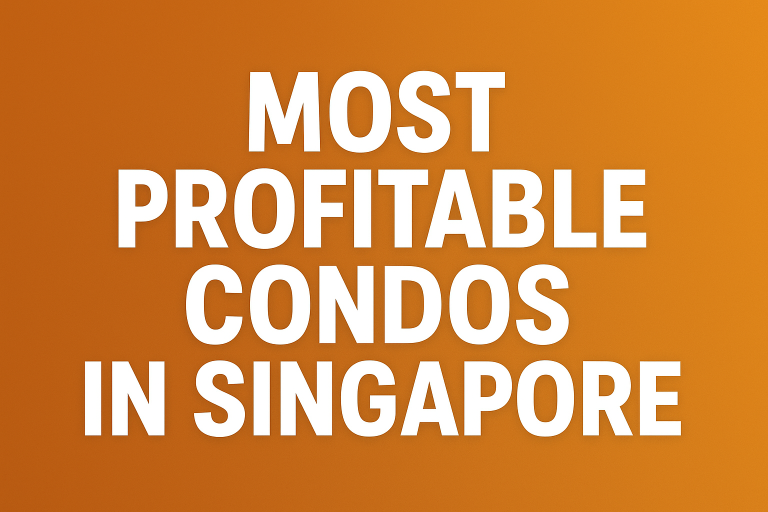Springleaf is Shedding Its ‘Landed-Only’ Identity – So, How Will It Change?
In a city where vertical living is the norm rather than the exception, Springleaf has long stood out as a low-rise enclave characterised by landed homes and abundant greenery. However, change is on the horizon. With the Government’s release of two land plots – Upper Thomson Road (Parcel A) and Upper Thomson Road (Parcel B) – Springleaf is set to welcome its first-ever high-rise developments.

Of the two, Parcel A will feature a mixed-use development with both commercial and residential components, while Parcel B is zoned exclusively for residential use. Parcel B has been successfully tendered by veteran developers Guocoland Singapore and Hong Leong Holdings as of April last year, while the tender for Parcel A is set to close later this October.
The launch of both sites marks the beginning of a new chapter in Springleaf’s development. But before any new projects unfold, it’s worth asking: how will this former ‘landed-only’ neighbourhood evolve?
A brief history of Springleaf Precinct
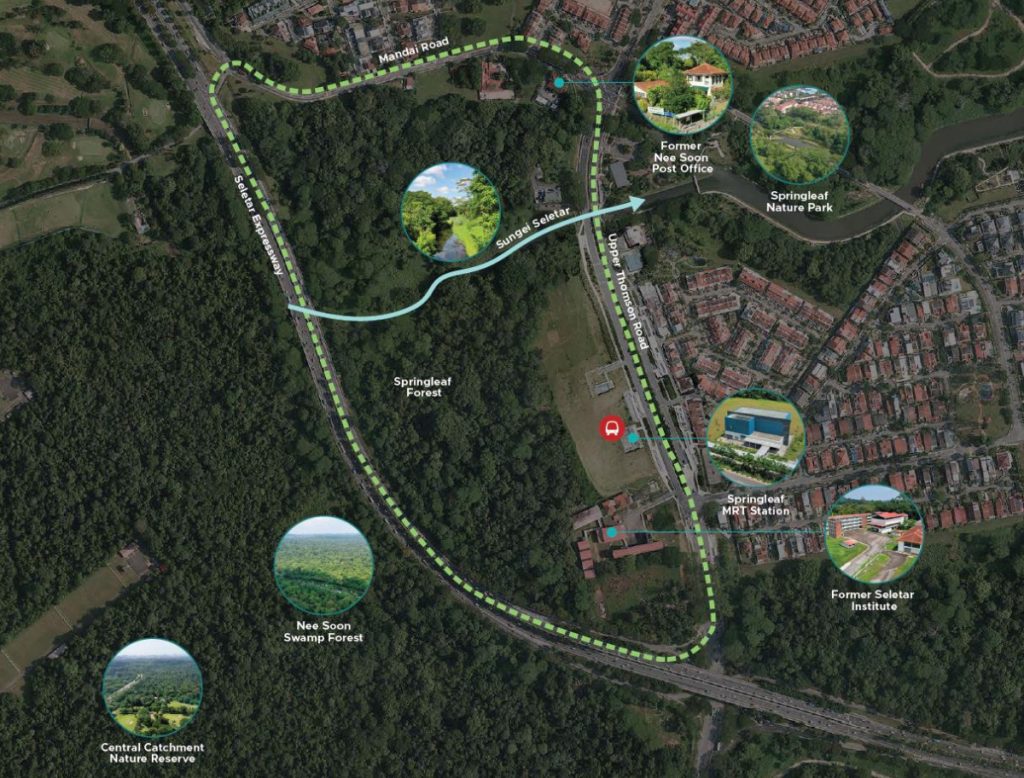
In 2022, the Urban Redevelopment Authority (URA) announced plans to develop a 33-hectare area of Springleaf as part of Singapore’s long-term land use strategy. Bounded by Seletar Expressway, Mandai Road, and Upper Thomson Road, this designated site includes the Upper Thomson Road parcels mentioned above, as well as several heritage buildings, while the remainder consists of forested ecological zones designated for “Park” use.
This abundant greenery also makes Springleaf a rare refuge from Singapore’s intense city life, which also allows its landed communities to live closer to nature without giving up on everyday conveniences.
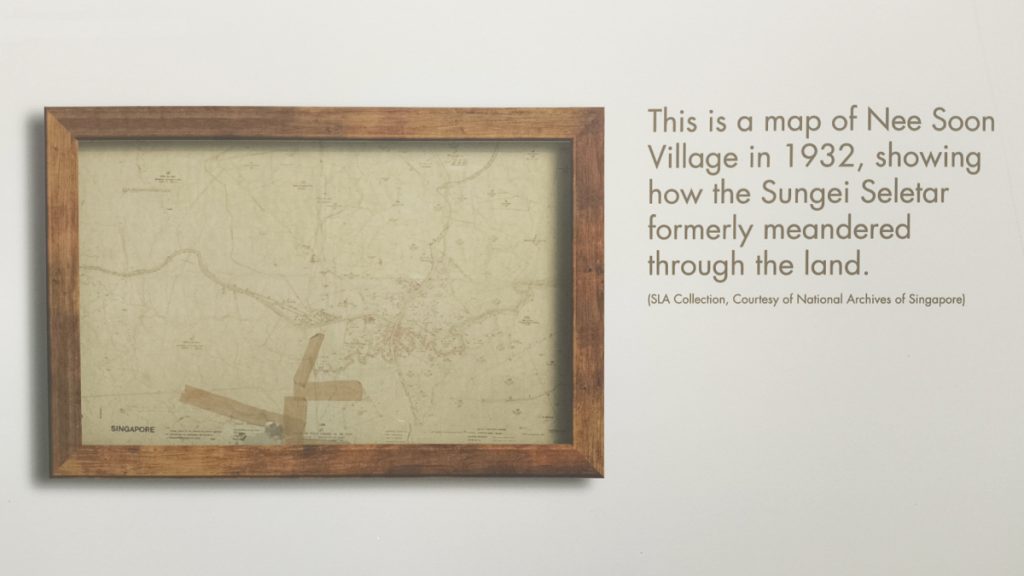
Looking further back into history, Springleaf’s current identity as a landed residential enclave reflects its origins as a small settlement within Nee Soon Village, which once functioned as a commercial hub for Singapore’s gambier and pepper trade.
However, with the launch of the Yishun New Town project in 1976, residents of Nee Soon Village were gradually moved to other nearby housing areas as the entire precinct underwent urbanisation.This reimagining of Nee Soon Village in the 70s introduced two key community amenities to the area: Nee Soon Post Office and Seletar Institute (originally Upper Thomson Secondary School).
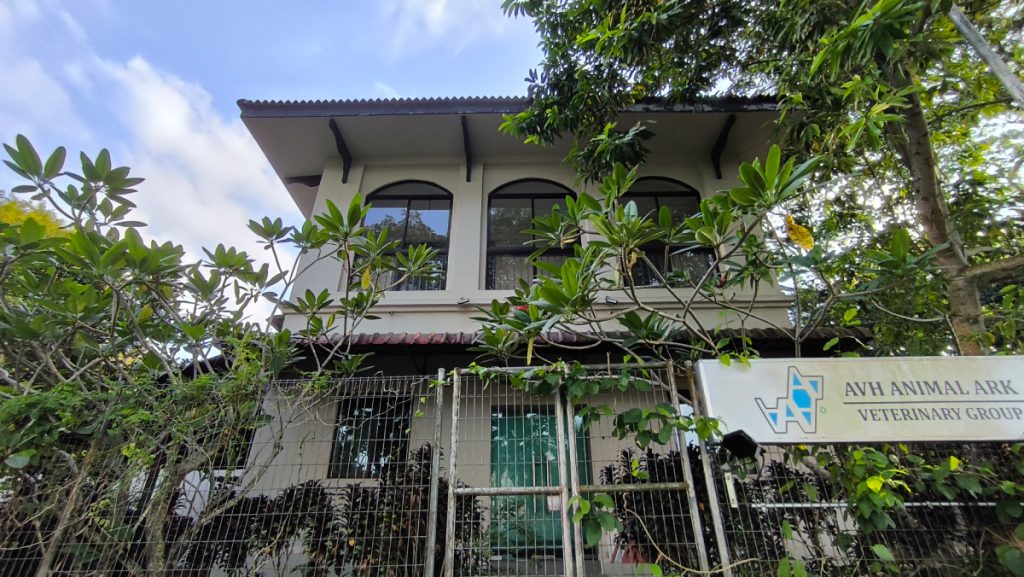
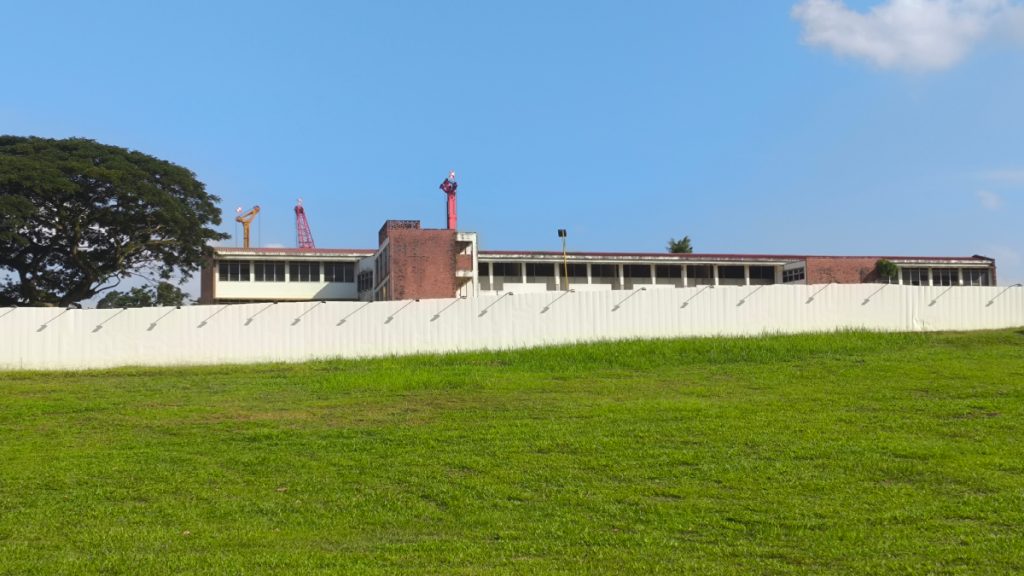
This reimagining of Nee Soon Village in the 70s introduced two key community amenities to the area: Nee Soon Post Office and Seletar Institute (originally Upper Thomson Secondary School).
Nee Soon Post Office operated from a distinctive two-storey colonial building that still stands today at the junction of Mandai Road, Sembawang Road, and Upper Thomson Road. Similarly, Seletar Institute remains preserved within the boundaries of Upper Thomson Road (Parcel B), even as new construction begins around it.
Furthermore, both buildings have been recognised by URA as built heritage landmarks. Consequently, developers will be tasked with a unique conservation responsibility of ensuring that these historic structures are thoughtfully incorporated into future projects.
Preserving Springleaf’s natural biodiversity
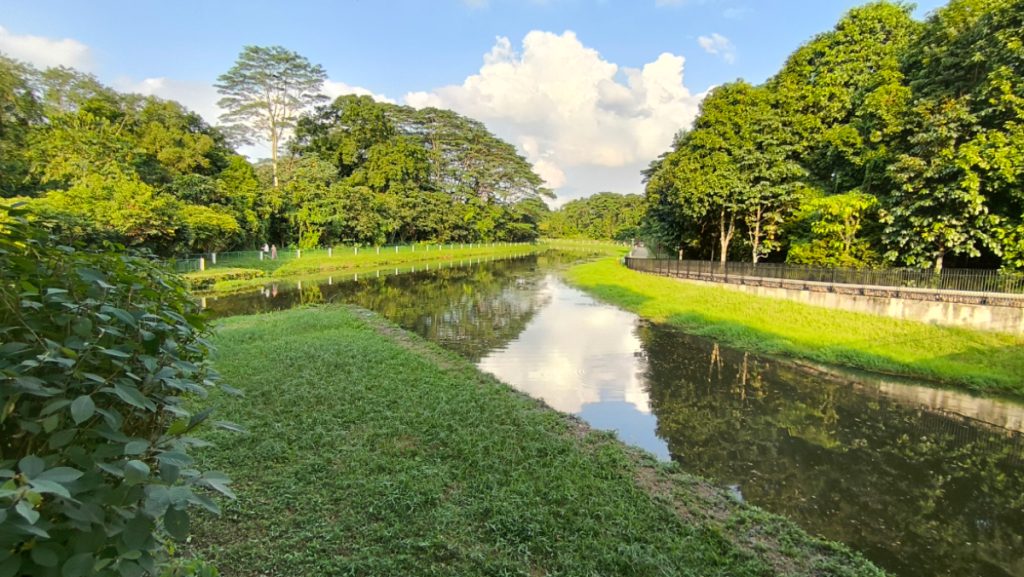
Beyond its built heritage, Springleaf’s unique character also arises from its closeness to several notable green spaces.
Just past the Seletar Expressway, to the west of both Upper Thomson Road parcels, lies the Central Catchment Nature Reserve (CCNR). As Singapore’s largest nature reserve and an essential green lung, the CCNR covers approximately 2,800 hectares and features notable wildlife attractions such as the Singapore Zoo, Night Safari, and River Safari – all of which highlight its extensive footprint.
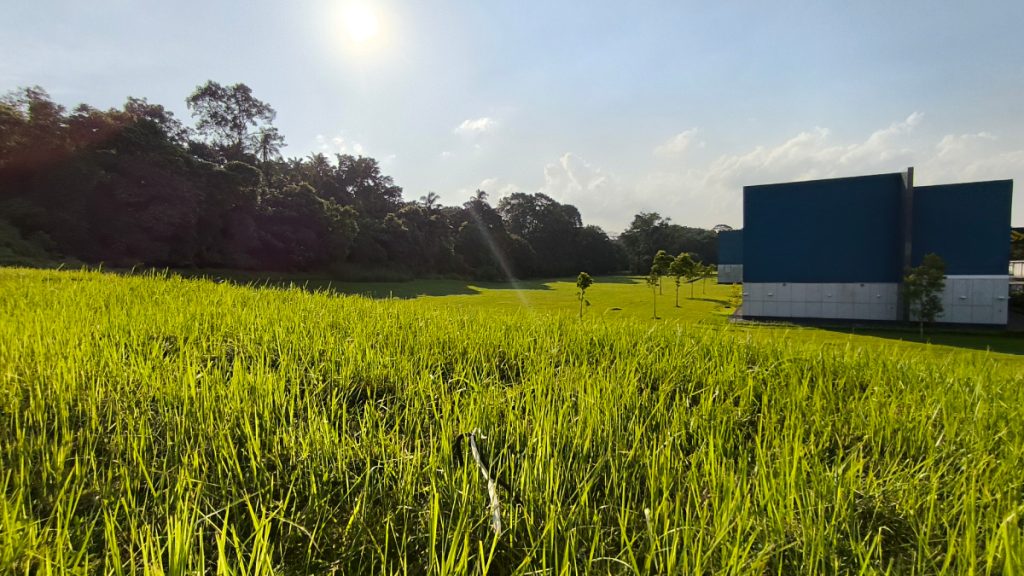
Closer to the Upper Thomson Road sites is Springleaf Forest, where Sungei Seletar flows through. Although smaller in size, this patch of greenery plays a crucial role in providing a natural buffer and connectivity for the CCNR. For future residents, the preservation of Springleaf Forest helps create a more pleasant living environment and offers the potential for unblocked views of the surrounding greenery.
Previous environmental studies commissioned by the URA have also revealed that Springleaf Forest hosts a diverse range of native flora and fauna. This includes wildlife of conservation importance, such as various species of pangolins and otters.
Recognising this ecological significance, the National Parks Board proposed in 2022 to establish Nee Soon Nature Park within Springleaf Forest; this supplements existing green pathways and natural leisure spaces, including the nearby Springleaf Nature Park.
These conservation efforts will also align with the adoption of nature-sensitive design and development practices in upcoming residential projects along Upper Thomson Road.
Some examples of these eco-friendly approaches include adding greener facades to prevent bird collisions and minimising ecological impact by limiting new developments to ‘disturbed ground’ or areas that have previously been developed. Similarly, construction will be carried out in phases to lessen disturbance to the environment and enable progressive monitoring of potential impacts.
Infrastructure and amenities at Springleaf
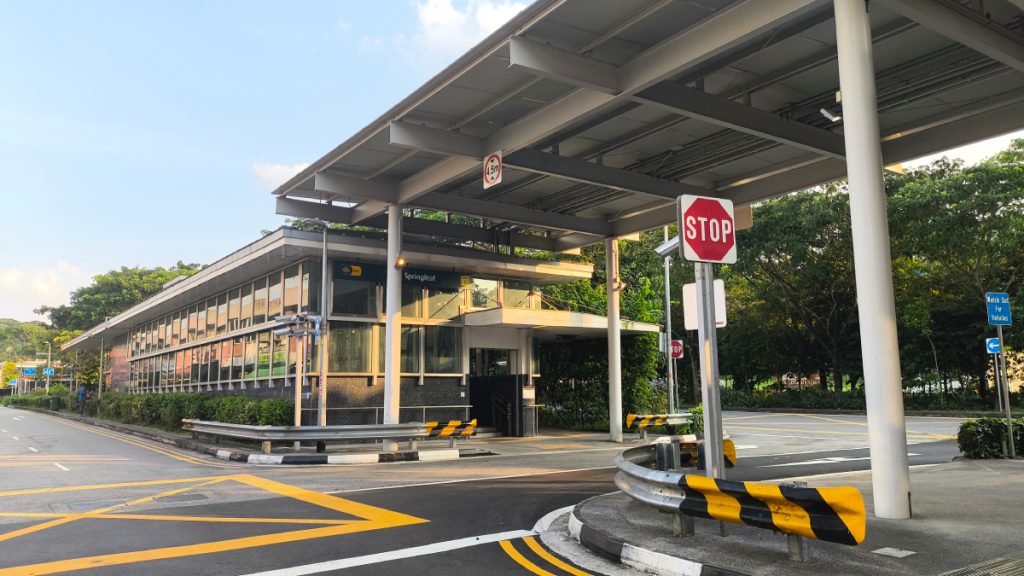
Although Springleaf is best known for its tranquil setting, it is by no means short on amenities for convenient everyday living. For instance, just like the nearby Lentor precinct, Springleaf is served by a dedicated MRT station on the Thomson-East Coast Line (TEL).
Since opening as part of TEL Phase 2 in 2021, Springleaf Station has proven to be a connectivity game-changer for residents living in nearby landed estates, providing links to key destinations such as Caldecott Interchange (which also sits on the Circle Line), as well as central city stops like Orchard and Great World.
Such accessibility will further improve with the upcoming completion of the fifth stage of the TEL; this final phase will see MRT services extended beyond Bayshore to Bedok South and Sungei Bedok, where an interchange with the Downtown Line will further enhance travelling convenience.
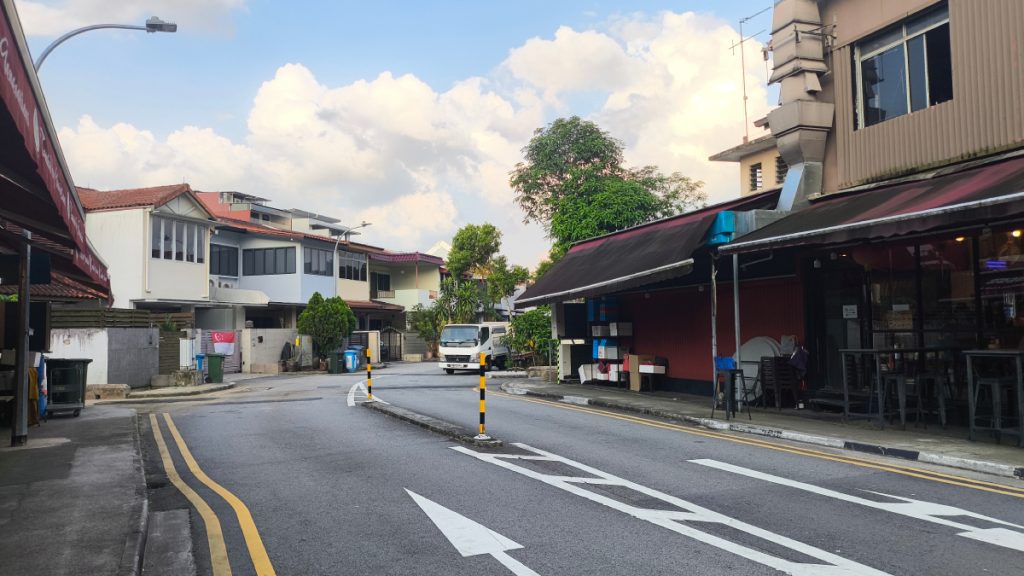
Beyond improving transport accessibility, Springleaf MRT station also serves as a neighbourhood corridor that provides commuters with sheltered access to both sides of Upper Thomson Road. This is especially beneficial for visitors and Springleaf residents who frequent the line of shophouse businesses located just across the previously mentioned development plots.
Mainly composed of eateries, these long-established establishments provide a variety of culinary options – from Yong Tau Foo speciality stalls to Korean Barbeque, and of course, the ever-popular Springleaf Prata. Also included are several small grocery shops and convenience stores like 7-Eleven, which supply daily essentials to the neighbourhood.
For larger shopping trips or a broader selection of groceries, residents can travel beyond Springleaf to malls such as Thomson Plaza and Causeway Point – both of which are a short drive or MRT ride away at Upper Thomson and Woodlands, respectively.
Unpacking the potential of Springleaf’s residential properties
Despite its tranquil, low-density character, Springleaf maintains strong property potential as it is part of District 26 (Upper Thomson/Mandai), which has experienced noticeable appreciation in resale prices for non-landed private homes over the past decade.
Chart 1: Median unit prices for non-landed private properties (excluding ECs) in District 26
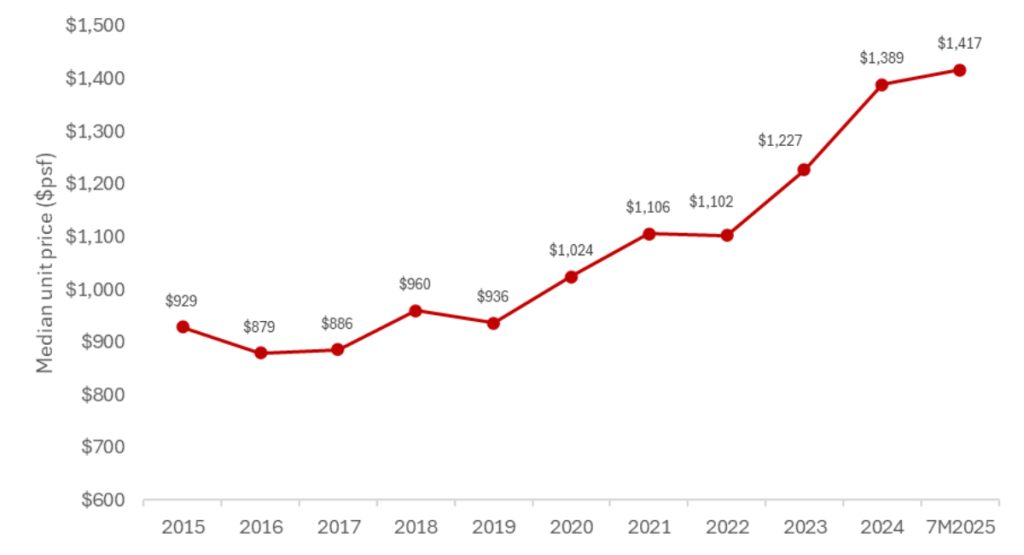
Between 2015 and the first seven months of 2025, median unit prices for resale non-landed private properties in District 26 increased by 52.5%, rising from $929 psf to $1,417 psf. This consistent growth highlights the long-term potential of District 26, a benefit that Springleaf’s future developments might capitalise on.
Looking beyond price appreciation, there are other factors that may also influence the success of the projects at Upper Thomson Road Parcel A and B. Most notably, future buyers of homes at both sites will benefit from a first-mover advantage, as they will be the pioneering non-landed residential plots in the Springleaf precinct and are also the closest to Springleaf MRT station.
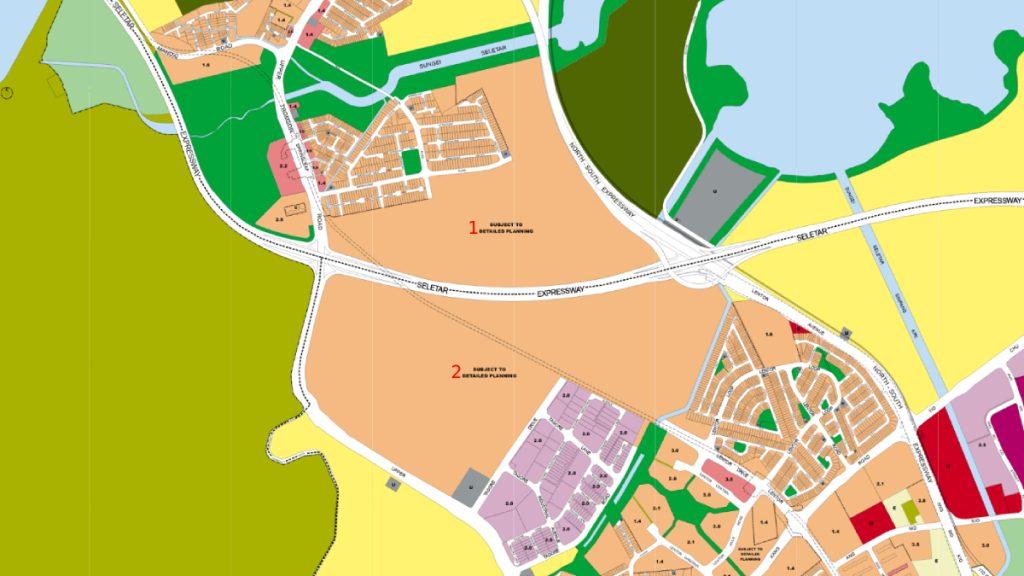
Moreover, this benefit could extend beyond the immediate vicinity of Springleaf’s existing residential estates. According to zoning designations under the latest URA Master Plan, there are two additional sizeable plots for residential use on both sides of the Seletar Expressway; this increases the likelihood of the first-mover advantage applying to an even larger area as future development progresses.
So, what’s next for the Springleaf precinct?
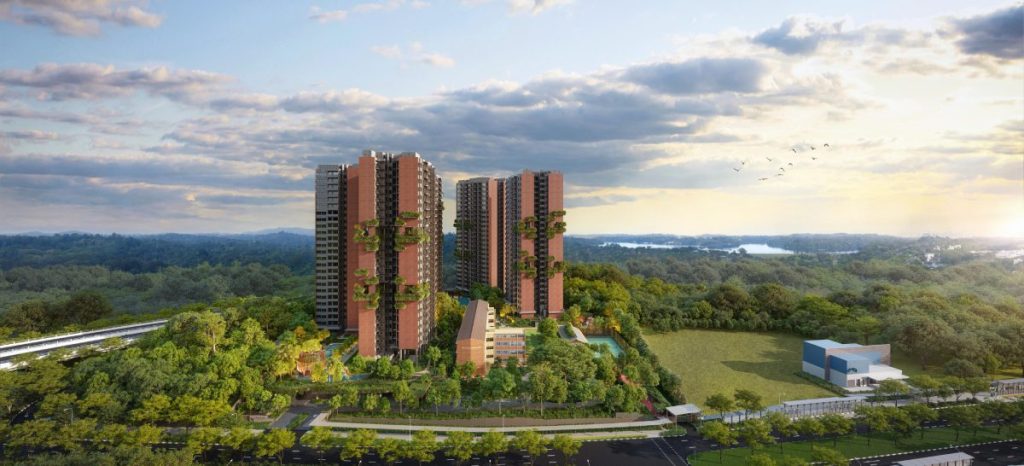
Following the successful tender of Upper Thomson Road (Parcel B), Springleaf is poised to welcome its first-ever condominium homes. Developed by Guocoland Singapore and Hong Leong Holdings, the project is scheduled to launch in August 2025, offering 941 units in an appealing location that combines natural beauty with contemporary living.
Offering 1- to 5-bedroom layouts, homes at Springleaf Residence will be part of a thoughtfully designed development amidst preserved heritage features and lush greenery. Consequently, these residences provide a rare chance to live within an iconic enclave that maintains its peaceful character, even as new developments emerge.
Lastly, Springleaf’s enduring charm reminds us that a neighbourhood’s liveability does not always rely on having a shopping mall or a busy town centre. Sometimes, all that is needed is plenty of greenery, good public transport links, thoughtful urban planning – and perhaps, a great prata spot nearby.
Blogs
We think that these articles might be of interest to you or perhaps you might be interested with our latest Singapore Upcoming New Launches list?

